In a lot of competitive games, sound means everything. Getting a headset that accurately portrays what’s happening in the game and where it’s happening can win you a lot of battles, so it’s never a good idea to skimp on your headset if you’re a competitive gamer. Sure, you don’t need an audiophile pair of cans, but it’s worth investing in something that’s going to help you be the best player you can be, and of course you shouldn’t forget your own comfort.
Today, we’re taking a look at Corsair’s new HS80 RGB USB. The HS80 Wireless has been out for a while and was met with praise when it came out, and now this wired version should continue that good trend. Corsair advertises this as a headset with premium construction and comfort that’s packed with some exciting features such as 50MM neodymium audio drivers for crystal clear audio and a broadcast-grade microphone, so in theory this should be a great addition to the world of gaming headsets. We sent one over to our reviewer to find out if theory is the same as practice, and you can read all about it in our full Corsair HS80 RGB USB review.
At A Glance
Corsair HS80 RGB USB
Used by 2 players ()In most aspects, the Corsairs HS80 RGB USB is a perfectly capable gaming headset, and nothing more. Sometimes, that’s complete fine and all you need. Not every product needs to reinvent the wheel.
Pros
- Good sound for gaming
- Decently comfortable
- Good microphone
Cons
- Sound lacks bass and treble, making it subpar for content consumption
- Doesn’t really excel at anything
Specs
| Type | Closed-Back |
|---|---|
| Connection | Wired |
| Cable Length | 180cm |
| Noise Cancelling | No |
| Microphone | Non-Detachable |
| Weight | 373g |
First Impressions
The first thing I noticed is that the HS80 RGB USB looks very neutral for a gaming headset. I don’t particularly mind it if gaming headsets look a bit wacky (my headset hangs on a hook underneath my desk and when I’m using it I don’t see it anyway) but I do prefer a cleaner look, and the HS80 RGB USB definitely has that going for it. Even the RGB is limited to two small Corsair logos on either side of the headset, so if you turn the RGB on, the headset won’t suddenly light up as if you’re going to a rave somewhere in the desert in Nevada. All in all, the HS80 looks (and feels, but more on that later) really sleek and professional.
Packaging
If the HS80 RGB USB can be described as a ‘no nonsense’ kind of product then the packaging definitely matches that kind of idea. In the box of the HS80 RGB USB you’ll find the headset itself (obviously) and the usual instruction and information booklets, and that’s it.
The presentation is nicely done though: once you take the sleeve off of the box, the headset can be found in a nice black box with blackout logos, and the information booklets can be found in a little cardboard box that’s underneath the headset. It all looks pretty sleek.
Build and Comfort
This HS80 RGB USB has been made with ‘aluminum enforced’ materials and it definitely feels good to hold. It doesn’t feel completely metallic to the touch (it’s more of a blended plastic feeling) so I get where that enforced part comes from but it doesn’t feel like a cheap plasticky headset or anything like that. It’s also relatively bendable without creaking, and you can bend it without feeling as if the headband is going to snap.
Speaking of the headband: this is one of those ‘floating’ headsets that’s suspend on a piece of elasticated fabric located on the headband. It takes a bit of time to adjust it so that the fit is perfect for your head but once you get it in that sweet spot it’s a perfectly comfortable headset. The clamping force isn’t overdone, even for my rather large head, so if you want a super tight seal these might not be it for you but for most users I suspect this will be perfectly fine.
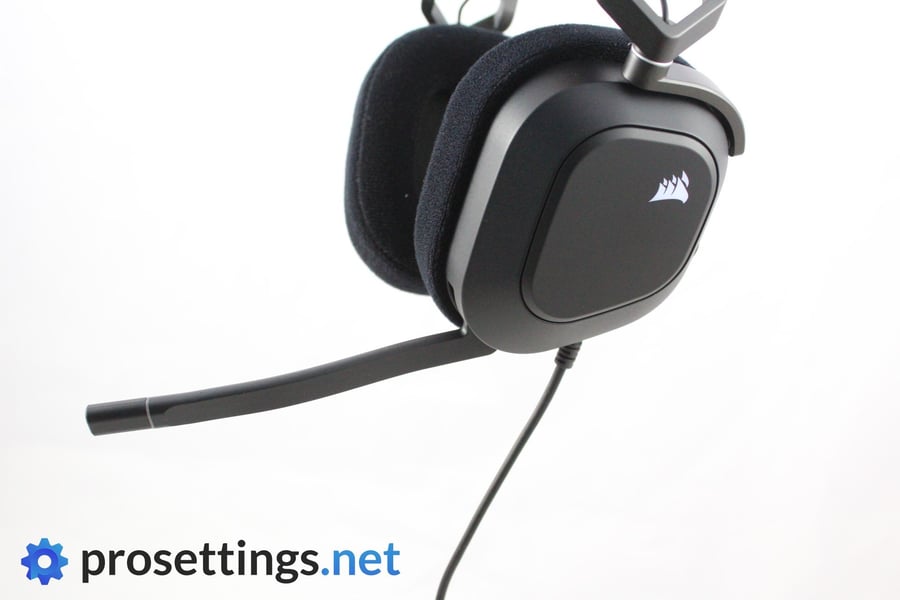
The ear cups feature a fabric material that’s nicely padded so it never gets uncomfortable against your skin or anything like that, but I did feel like the breathability was somewhat lacking. That might be because I am used to wearing open back headphones but I did occasionally feel my ears getting a bit toasty after longer gaming sessions. It’s nothing outrageous, but improvements could be made here if you’re asking me.
Of course things like clamping force and material choices are rather subjective. I personally strongly dislike (faux) leather materials, for example, while others might love it, so the whole ‘fit and feel’ thing is a bit subjective and can come down to personal preferences. Given the adjustability of the headband and the flexibility of the frame I’d say that this headset can be comfortably used by most people though. I have to say that I personally prefer the traditional style of headband padding over this elasticated band system if I really had to choose, but all things considered I can wear this HS80 RGB USB without any complaints for hours on end so it’s all fine for me.
Sound and Mic
You can use the Corsair HS80 RGB USB straight out of the box without downloading any software, but I find that the sound profile is a bit flat in that case, and after downloading Corsair’s iCUE software you can tweak the EQ to your own liking and/or use any of the preexisting EQ profiles.
When it comes to the audio quality I would say that it’s decent. It’s not the best I’ve experienced and I find the sound to be very mid-heavy. There’s not a whole lot of bass ‘thump’ and treble can also be lacking, definitely so when listening to busy tunes or anything like that. You can tweak the sound, of course. The default ‘Pure Direct’ profile feels a bit flat to me, but after experimenting with the EQ for a bit I managed to get a pleasing sound out of it.
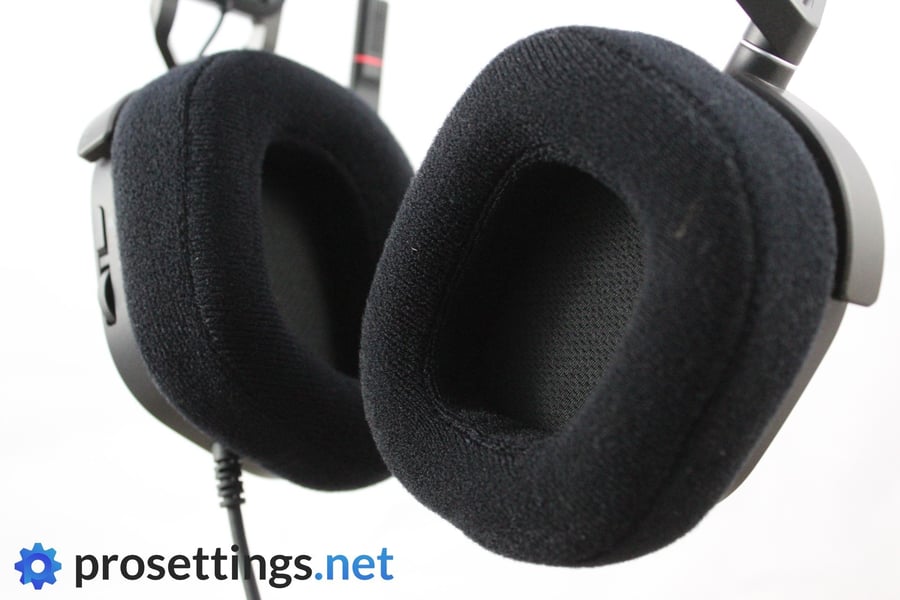
It can be argued that you don’t need an overwhelming bass sound in a headset that’s meant for competitive gaming, and I would agree with that. For gaming, I actually prefer a flatter and more neutral sound profile over an ‘in your face oomph’ bassy sound (which is something that a lot of gaming headsets of the past decade suffered from if you ask me) so they’ve definitely made the right choice here on that front, but I do wish there was more definition to the lower tones.
For gaming, it’s absolutely great. Provided you’re playing a game with a decent audio engine it’s easy to locate footsteps and other important sounds, and if you use the pre-programmed FPS Competition EQ setting those sounds get amplified even more, making it just that little bit easier to distinguish that pin pull or accidental footstep from an enemy trying to flank you in a heavy firefight. For more cinematic games and single player experiences you can then use a different EQ if you so desire.
All in all, the HS80 RGB USB is a rather versatile headset. I’m not a big fan of gaming headsets that can’t be EQ’d since I like to use an ‘ugly sounding’ treble-heavy sound profile for when I’m tryharding and a more neutral and cinematic profile for when I’m watching Netflix or stuff like that, and the HS80 RGB USB fulfills that purpose despite being a bit mid-heavy. This is something that you only really notice if you’re listening to music where a lot is going on, so for gaming or content consumption this is definitely fine.
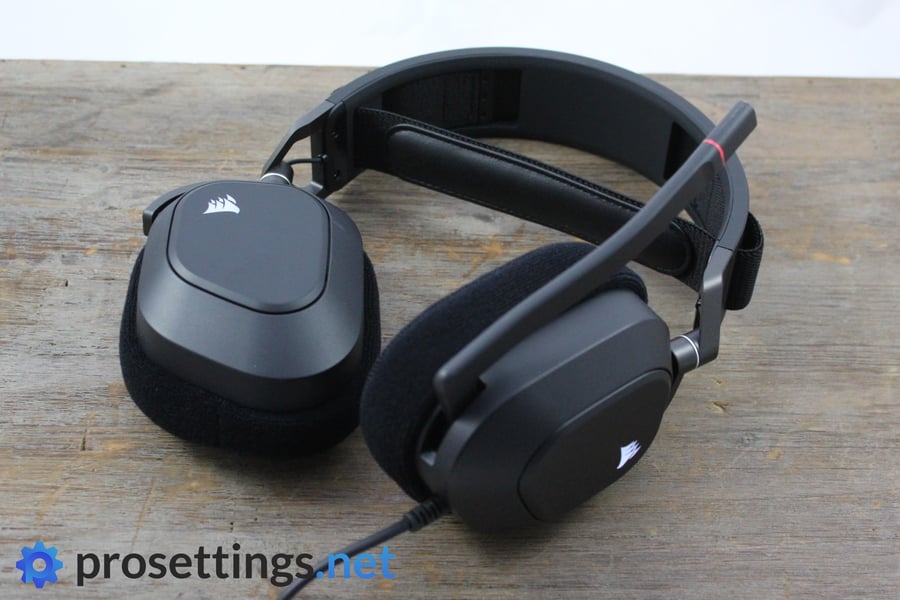
The mic, then, is one of the major pros of this headset. In this day and age it’s borderline laughable if you release a headset with a very poor microphone but this HS80 goes beyond what I consider to be the standard for headset microphones these days. I found that, despite having that common ‘headset mic compression sound’ going on, my voice sounded clear and consistent at all times. There aren’t any dropouts or moments where the fidelity suddenly goes down, and my voice sounded natural and clear all throughout my testing. It also does a more than decent job at filtering out background noise. Even with a fan or other household appliances running in the background your voice comes through clearly and consistently.
I personally don’t expect much more from a headset mic, and if you want to get away from that slightly compressed headset microphone sound you’re going to want to go for a dedicated microphone anyway, as pretty much all headset microphones have that compression issue going on. This mic is definitely more than good enough for work calls, video meetings with friends, and gaming nights though. If your needs don’t go beyond that I wouldn’t look into replacing the mic. What’s also nice is that there is sidetone present. That’s something that I really can’t miss in my gaming headsets anymore so it’s good to see it present here.
Sound Test
Features and Everyday Usage
On the left ear cup you’ll find some ‘bare essentials’ controls. There’s a button to mute the mic (you can reassign what that button does in iCUE) and a volume wheel. What’s nice is that all of this is out of the way. I never had those annoying moments where I wanted to (re)move the headset and accidentally grabbed onto the volume wheel, causing it to go to 100 and scaring the bejesus out of myself. And the volume wheel feels really solid, too. It’s not a loose wheel that feels like there’s a fidget spinner inside of the ear cup: it takes a bit of force to move the wheel, further reducing the chances of any accidental scrolls.
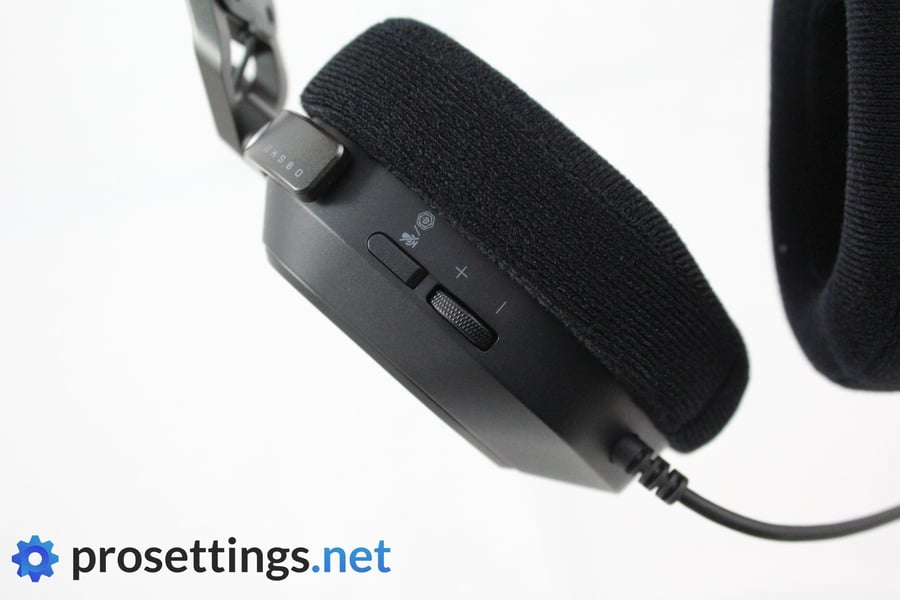
Putting the mic in its upright position mutes it (there’s a red mic mute indicator LED) and if you mute it there’s also an audible cue telling you that the mic is indeed muted. For me the audio cue is a bit unnecessary (you can turn that off though) but I do appreciate a mute LED. We’ve all had those embarrassing moments where you thought you made the ultimate callouts that would win you the match and no one responded because you were muted the entire time.
In Corsair’s iCUE software you can select and create your own IQ profiles, change the RGB lighting, rebind the iCUE button on the headset, and do other typical customization things. Corsair’s configuration program is one of the better ones out there right now if you ask me. It started off as a pretty confusing software suite but these days it’s clear to use and laid out perfectly logically though it’s still a quite heavy program.
Corsair HS80 RGB USB Review – Conclusion
The Corsair HS80 RGB USB isn’t a groundbreaking product, in all honesty. It does what it sets out to do (which is ‘be a good gaming headset’) pretty much without any hiccups, and that’s that. It’s not the best sounding headset I’ve ever heard (it lacks bass and treble; the overall sound is a bit too mid-heavy for me) but it’s certainly not a bad sounding headset. It’s also not the most comfortable headset I’ve ever used, but it’s certainly not an uncomfortable headset. It’s not the prettiest or most premium feeling headset, but it’s also not the ugliest. You get the idea.
In most aspects, the Corsairs HS80 RGB USB is a perfectly capable gaming headset, and nothing more. Sometimes, that’s complete fine and all you need. Not every product needs to reinvent the wheel. If you’re looking for a reliable, solidly built gaming headset you can certainly look towards the HS80 RGB USB, though there are alternatives such as the Logitech G Pro X or similarly priced offerings from HyperX. I wouldn’t rush out to the store to buy this product right now, but if you’re looking for a no-nonsense mid tier headset with a great sounding mic then this might be right up your alley.
This product was received for free from the manufacturer and given to our reviewer to test and review. Brands and manufacturers have no editorial control over our reviews. For more information, check out our review FAQ.


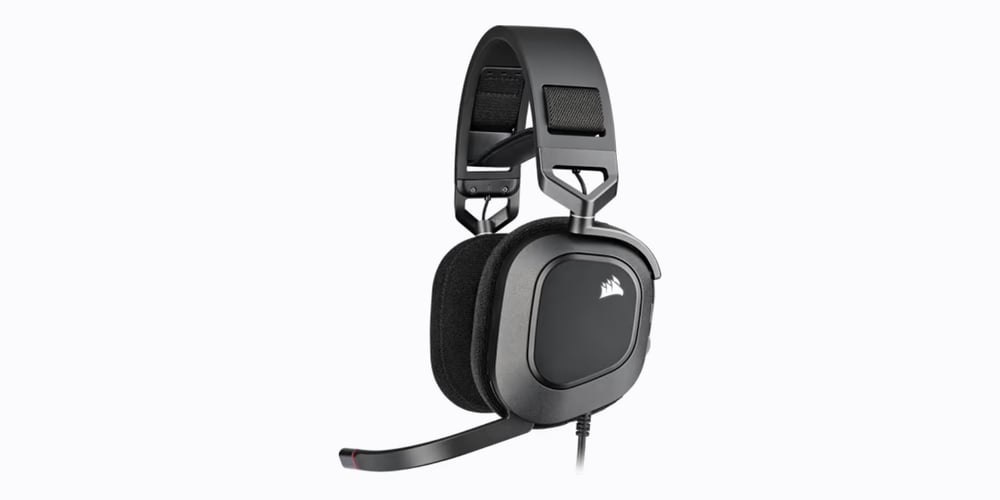



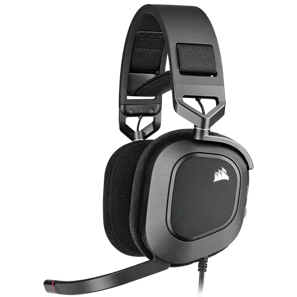


I will never understand why reviews don’t include competitors products for a comparison. How are we supposed to know if this is a good value or good performing product if you’re not comparing it against the best in its field? Right now this review feels vague and doesn’t really solve my search for a good headset with excellent gaming abilities and excellent music performance, including deep bass.
A lot of reviews don’t specifically spend a lot of time on comparing against competing products. When reviewing products (or writing any sort of content) we feel like it’s important to decide what to focus on. Some reviews only focus on the specs, others give a very superficial overview for a more casual audience, even others go into the nitty gritty of the components used, others do in-depth comparisons, … It would be impossible to incorporate all reader suggestions, as our reviews would be 10 pages long.
That said: we’re currently reviewing our reviewing process (and much like the entire website, our reviews will also have an entirely new look) where we’re going to have a specific section dedicated to alternatives so we’ve definitely been thinking about what you’re saying! Our goal isn’t to be an in-depth comparison website, however; we feel like there are other websites for people who want in-depth comparisons between products (rtings being an example) and we would rather focus on the product and user experience itself. We’re sorry that our reviews aren’t to your liking, but it’s of course impossible to please everyone. Hopefully you can find an alternative that you do like!